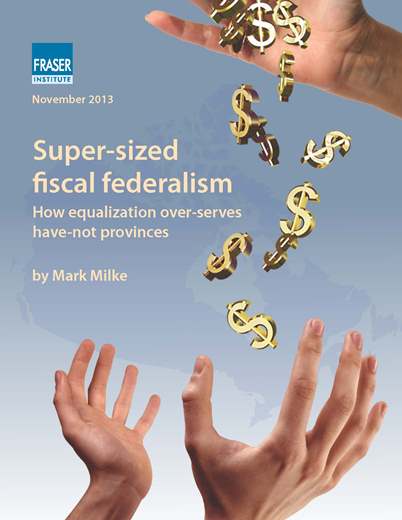The government sector in Alberta is unhappy and they want Premier Alison Redford and her colleagues to know it. Universities are advertising against provincial reductions in their funding; government unions are activating their members about proposed pension changes, reforms that would make them more akin to the private sector and less like a taxpayer-funded entitlement.
It is not clear why the government sector believes it must be immune from change. The case for reform is not difficult to make.

